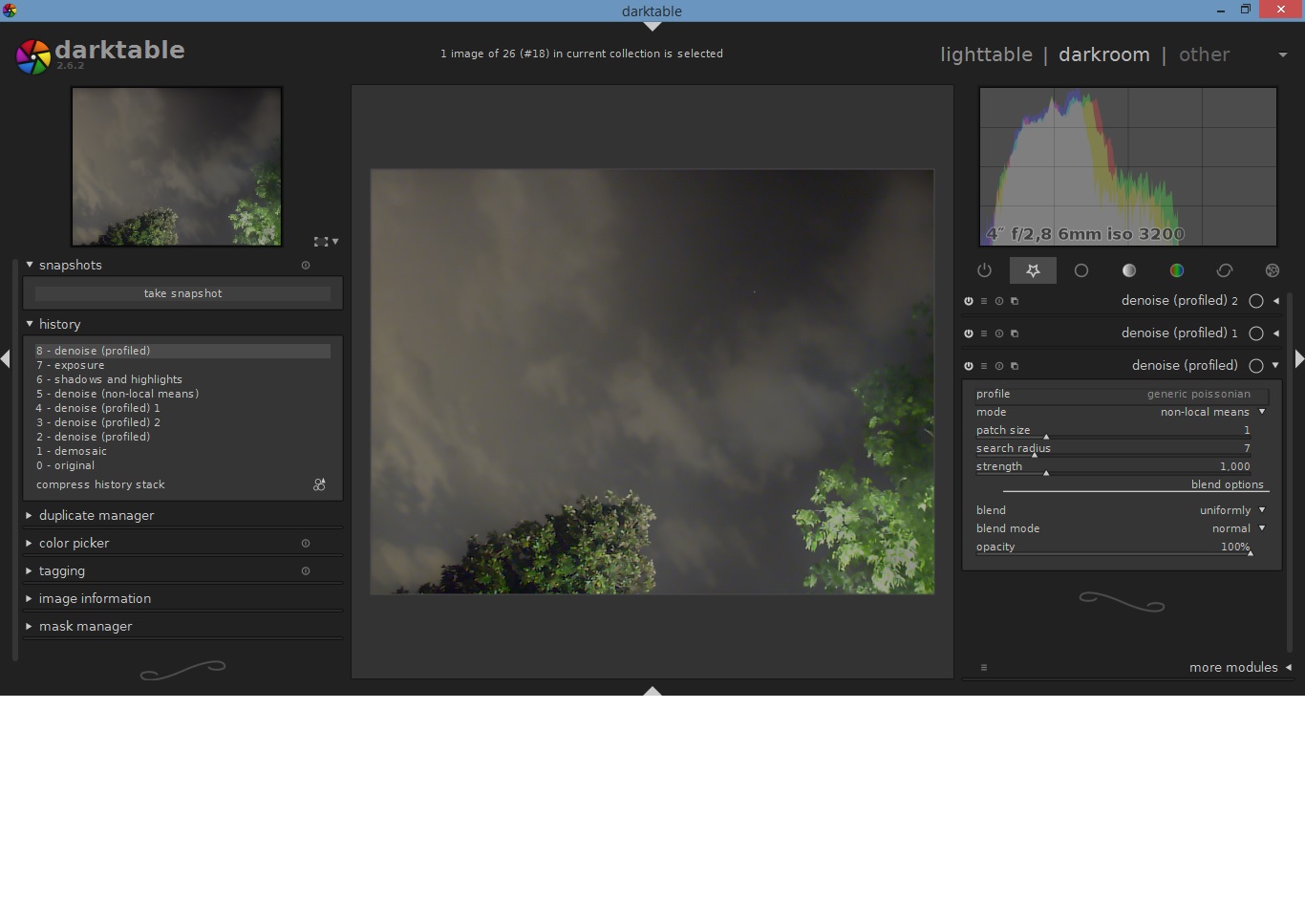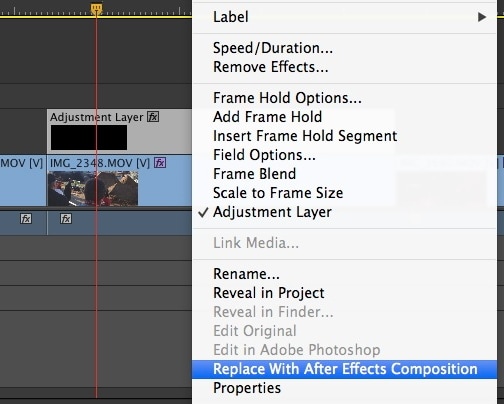

Now we’ve selected the top (luma) layer node and are applying a touch of reduction to the luminance channel. Based on personal experience, I usually find the best results when the temporal threshold controls are at about half the value of the spatial controls. Now, unlink the luma and chroma controls on both temporal and spatial reduction before adjusting the chroma reduction on temporal and then spatial controls.įrom here, it’s just a matter of dialing in the sliders while watching the areas with the noise that you want to reduce. To begin noise reduction, select the number of frames for temporal analysis. Because most noise is random, Temporal NR can usually quite easily detect the fluttery nature of the most common types of noise.Ī blend of both techniques usually yields the best results, so that’s what we’re doing today.Ĭlick the bottom (chroma) node, and navigate to the Motion Effects panel of the Noise Reduction controls. Temporal NR examines the noise profile across multiple frames by “watching” how each pixel’s values change over time. Simply, Spatial NR looks at each pixel of a still frame, locates noise, and turns the noise down. These frequencies are “scanned” in each frame and noise reduction applies in the specified regions of the frame. Spatial NR evaluates common problematic frequencies for noise (high, medium, low). Here’s a quick primer for readers unfamiliar with the difference in the two techniques. The Noise Reduction panel in Resolve is split into two sections: Temporal and Spatial NR. (For the Resolve Lite users, hang with me: we’ll get to a way to reduce the chroma noise without the Noise Reduction panel in just a second.)
DENOISER 3 SMOOTH COLORS FREE
One of the main differences between the free and paid version of Resolve is the Noise Reduction Panel. Now, you’ve successfully separated out the chrominance and luminance channels and are ready to begin noise reduction. To get the image back to its recognizable form, go to the Layer Mixer, right-click, navigate to the Composite Mode expander, and select Add. The image is crazy now, but we’re about three clicks away from normal. All we’re doing here is working in the Gain controls and sliding the Y slider from 1.00 all the way down. Now, select the bottom layer node and navigate to the Primaries Bars of the Color Wheels panel. Don’t worry if you aren’t seeing any changes yet. All we’re doing is sliding the saturation all the way to zero.



To isolate the luminance channel, click the top layer node and navigate to any pane of the Color Wheels panel. Let’s split our video to start managing this noise. Over-reducing the luminance channel results in extremely mucky and unusable footage. The majority of distracting noise comes from the chroma channels, whereas the noise in the luminance channel usually has a more organic structure and motion similar to film grain. Today, we’re using the layer mixer to separate the Chroma and Luma channels to apply more targeted noise reduction without losing too much detail in the shot. There are endless uses for the layer mixer, including separating highlights from shadows for work on each individually. Layer Nodes allow the single node grade path to split into two distinct chains for separate, concurrent grading. Our single node has split in two, and a “Layer Mixer” now appears after the layer nodes.
DENOISER 3 SMOOTH COLORS WINDOWS
Once we’ve gotten it dialed in, I’m creating a new node by pressing Alt+S for Windows or Option+S on Mac.įrom here, we’ll right-click the new node, navigate to the Nodes expander menu, and select Layer Node. We’re going to select the starter node and apply some basic corrections to bring this clip to proper exposure. (No, I don’t know why once wasn’t enough.) We’ve loaded our clip into Resolve’s media pool, added it to a timeline, and are in the color tab. We’ll keep working with the same still frame from the underexposed clip I shot for a documentary a few years back for even more image polishing today. In a previous article on noise reduction, we covered many of the basic components of noise in footage. In this article, we’ll take a look at DaVinci Resolve for some powerful tricks for isolating and reducing distracting noise without losing detail in your shot. There are dozens of ways to reduce noise in your footage, but today, we’re diving into DaVinci Resolve for one of the most power noise reduction techniques around.


 0 kommentar(er)
0 kommentar(er)
